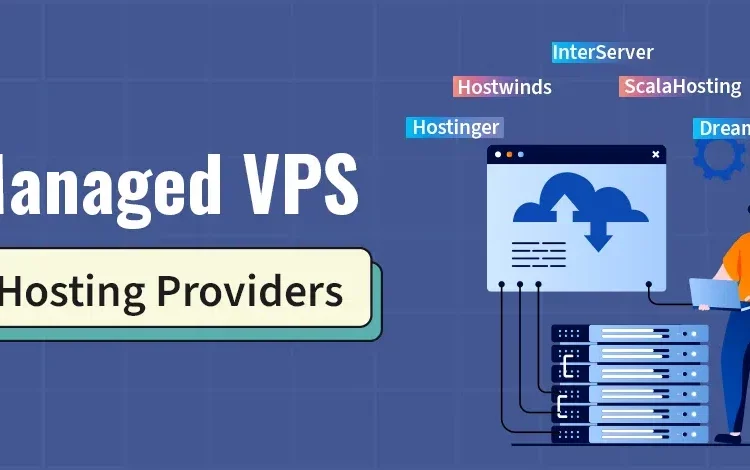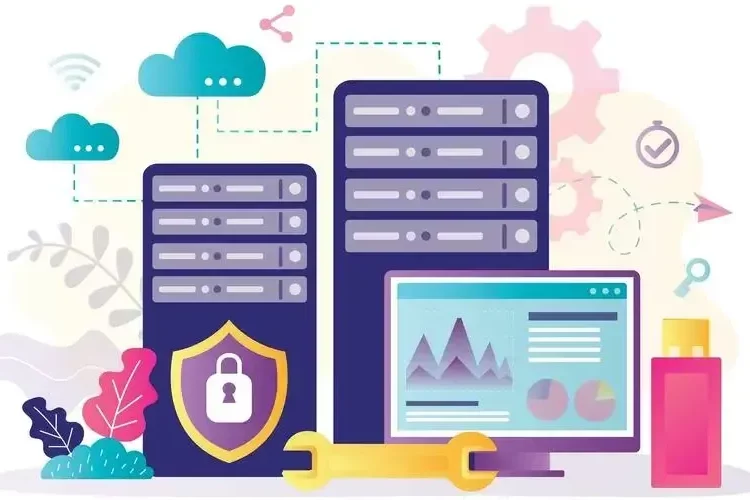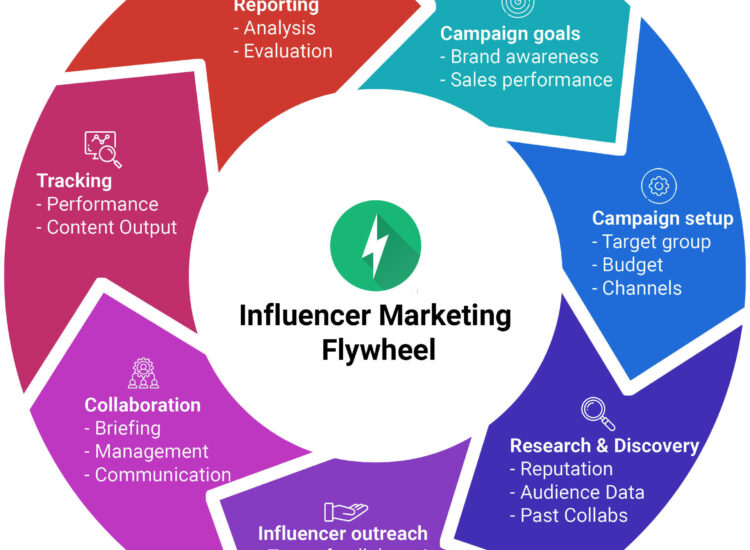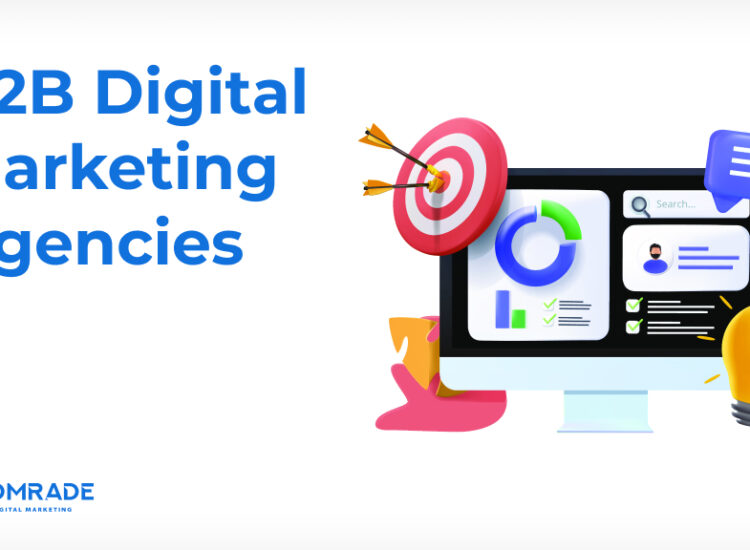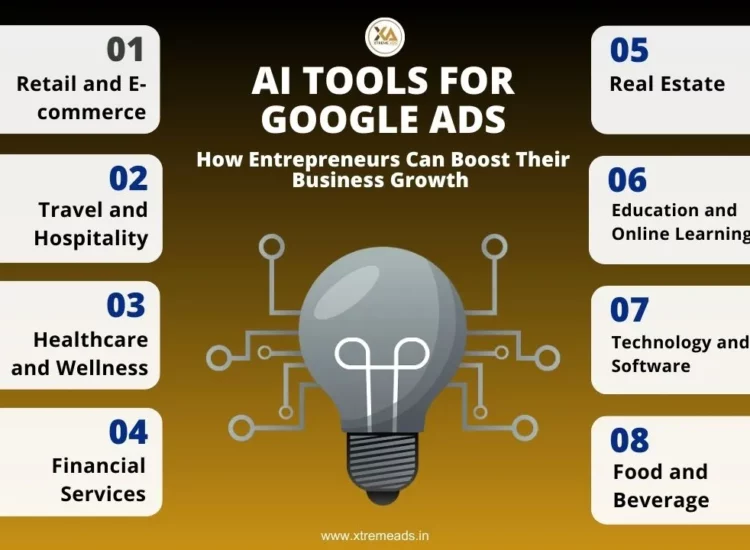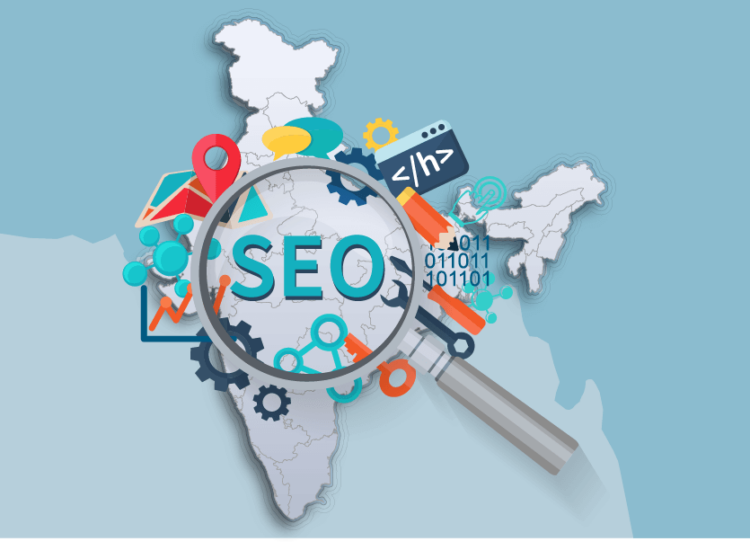The digital marketing world moves at lightning speed. What worked yesterday might be obsolete tomorrow. For businesses and marketers striving to connect with their audiences, capture attention, and drive results, staying ahead of the curve isn’t just advantageous – it’s essential. As we look towards the horizon, understanding the emerging Content Marketing Trends 2025 is crucial for building resilient, effective, and future-proof strategies.
Toc
- 1. Why Looking Ahead Matters: The Imperative of Anticipating Content Shifts
- 2. The Top Content Marketing Trends 2025 You Need to Embrace
- 3. Related articles 01:
- 4. Related articles 02:
- 5. The Enduring Importance of Content Fundamentals
- 6. How to Prepare Your Content Strategy for 2025
- 7. The Future of Content is Human-Centric, Tech-Empowered, and Value-Driven
Content marketing remains the bedrock of digital engagement, but its form, function, and delivery mechanisms are constantly evolving. Driven by technological advancements (particularly AI), shifting consumer expectations, new platform dynamics, and a growing demand for authenticity, the landscape in 2025 will look significantly different. This comprehensive guide will delve into the key trends shaping the future of content marketing, providing actionable insights to help you prepare, adapt, and thrive. Forget guesswork; let’s explore the data-backed predictions and strategic shifts that will define success.

Why Looking Ahead Matters: The Imperative of Anticipating Content Shifts
Complacency is the enemy of progress in content marketing. The digital ecosystem is influenced by:
-
Technological Disruption: AI, machine learning, AR/VR, and evolving analytics platforms continuously reshape content creation, personalization, and distribution.
-
Changing Consumer Behavior: Audiences demand more personalized, authentic, interactive, and value-driven content. Attention spans are shorter, yet the appetite for deep, meaningful engagement persists.
-
Platform Evolution: Social media algorithms change, new platforms emerge (and sometimes fade), and search engine priorities shift (think helpful content updates, AI overviews).
-
Data Privacy Regulations: Increased focus on privacy (like the decline of third-party cookies) necessitates new approaches to audience understanding and targeting, emphasizing first-party data.
Ignoring these shifts means risking irrelevance. Proactively understanding and integrating the Content Marketing Trends 2025 into your strategy ensures you remain competitive, connect meaningfully with your target audience, and achieve your marketing objectives.
The Top Content Marketing Trends 2025 You Need to Embrace

Let’s dive into the specific trends poised to dominate the content marketing landscape in 2025 and beyond.
The AI Tsunami: From Assistance to Augmentation and Automation
Artificial Intelligence is no longer a futuristic concept; it’s rapidly becoming foundational. In 2025, AI’s role will deepen significantly:
-
AI-Powered Content Creation: Tools will move beyond basic drafting to sophisticated content generation (blog posts, social updates, scripts), topic ideation based on trend analysis, SEO optimization suggestions, and even generating variations for A/B testing at scale. However, the human element remains crucial for nuance, creativity, brand voice, and fact-checking.
-
Hyper-Personalization at Scale: AI algorithms will analyze vast amounts of first-party data (user behavior, purchase history, preferences) to deliver truly individualized content experiences across websites, email, and apps. Think dynamically changing website content based on user profiles or personalized product recommendations woven into blog posts.
-
Predictive Analytics for Content Strategy: AI will analyze performance data to predict which topics, formats, and channels are likely to resonate best with specific audience segments, informing smarter content planning and resource allocation.
-
Automated Content Optimization: AI tools will continuously monitor content performance and suggest (or even automate) improvements for SEO, readability, and engagement based on real-time data.
How to Prepare:
-
Experiment with reputable AI writing assistants and content intelligence platforms.
-
Focus on building your first-party data strategy.
-
Train your team on AI ethics and how to leverage AI tools effectively without sacrificing quality or authenticity.
-
View AI as an augmenter of human creativity, not a replacement.
Hyper-Personalization: Moving Beyond Segmentation

Generic content is dead. While segmentation has been standard practice, 2025 demands hyper-personalization. This means tailoring content not just to broad groups, but to individual user needs, preferences, and context in real-time.
-
Dynamic Content Optimization (DCO): Websites and emails will increasingly feature content blocks that automatically adjust based on individual user data (location, past behavior, declared interests).
-
Contextual Relevance: Content delivery will become more sensitive to the user’s current situation – time of day, device used, stage in the customer journey.
-
Personalized Recommendations: Beyond e-commerce, expect personalized content recommendations (articles, videos, guides) integrated seamlessly into the user experience.
How to Prepare:
-
Invest in Customer Data Platforms (CDPs) to unify customer data.
-
Map out customer journeys in detail to identify personalization opportunities.
-
Develop modular content assets that can be easily mixed and matched for personalized experiences.
-
Prioritize collecting zero-party data (information willingly shared by users, e.g., through quizzes or preference centers).
The Unstoppable Rise of Video: Short-Form, Long-Form, and Live
Video isn’t new, but its dominance continues to grow and diversify.
-
Short-Form Video Supremacy: Platforms like TikTok, Instagram Reels, and YouTube Shorts have conditioned audiences for quick, engaging, easily digestible video content. Brands must master creating compelling narratives within seconds.
-
Long-Form Video’s Resilience: While short-form grabs attention, long-form video (webinars, deep-dive tutorials, documentaries, podcasts with video) builds authority, fosters deeper connections, and excels in educating audiences.
-
Live Streaming for Authenticity: Live video offers real-time engagement, transparency, and a sense of community (Q&As, behind-the-scenes, live events).
-
Shoppable Video: Integrating e-commerce functionality directly into videos will become more seamless, blurring the lines between content consumption and purchase.
How to Prepare:
-
Develop a multi-format video strategy catering to different platforms and audience needs.
3. https://cungcapthietbiyte.com/mmoga-maximizing-visibility-and-reach-with-vertical-marketing-systems
-
Invest in basic video creation tools and skills (even smartphone quality can be effective if authentic).
-
Experiment with live streaming to foster community interaction.
-
Explore shoppable video platforms and integrations.
Interactive Content: Engaging Audiences Actively
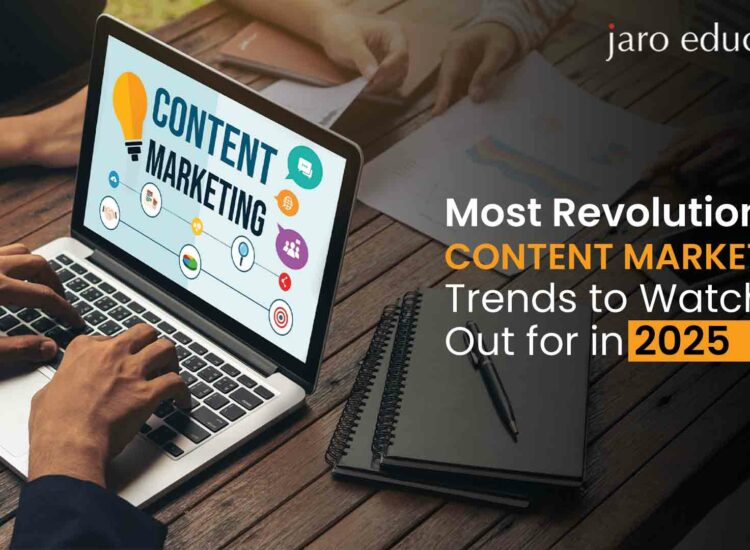
Passive consumption is giving way to active participation. Interactive content boosts engagement, increases time on site, generates valuable data, and provides a more memorable experience.
-
Quizzes and Polls: Excellent for audience segmentation, data collection, and social sharing.
-
Calculators and Configurators: Provide tangible value, especially for B2B or complex B2C products/services.
-
Interactive Infographics and Data Visualizations: Allow users to explore data in a more engaging way.
-
Assessments and Graders: Offer personalized feedback and insights (e.g., “Website SEO Grader,” “Marketing Maturity Assessment”).
-
Augmented Reality (AR) Experiences: Allowing users to visualize products in their own space or interact with branded elements in the real world.
How to Prepare:
-
Identify opportunities where interactivity can add value to your existing content.
-
Utilize platforms and tools designed for creating interactive content (many no-code options exist).
-
Think about how the data gathered from interactions can inform future content and personalization efforts.
Community Building and User-Generated Content (UGC)
Brands are shifting from solely broadcasting messages to fostering communities. Loyal communities become powerful advocates and sources of authentic content.
-
Brand-Owned Communities: Creating forums, private groups (on platforms like Slack, Discord, or dedicated community platforms), or membership areas where customers can connect with each other and the brand.
-
Leveraging User-Generated Content: Actively encouraging and showcasing content created by customers (reviews, photos, videos, testimonials) builds social proof and authenticity far more effectively than branded content alone.
-
Influencer Marketing Evolution: Moving towards long-term partnerships with micro- and nano-influencers who have genuine connections with niche communities. Authenticity trumps reach.
How to Prepare:
-
Define your community’s purpose and value proposition.
-
Choose the right platform(s) for hosting your community.
-
Develop clear guidelines and actively engage with members.
-
Create campaigns and hashtags to encourage UGC.
-
Obtain proper permissions before repurposing UGC.
Voice Search and Conversational Content Optimization
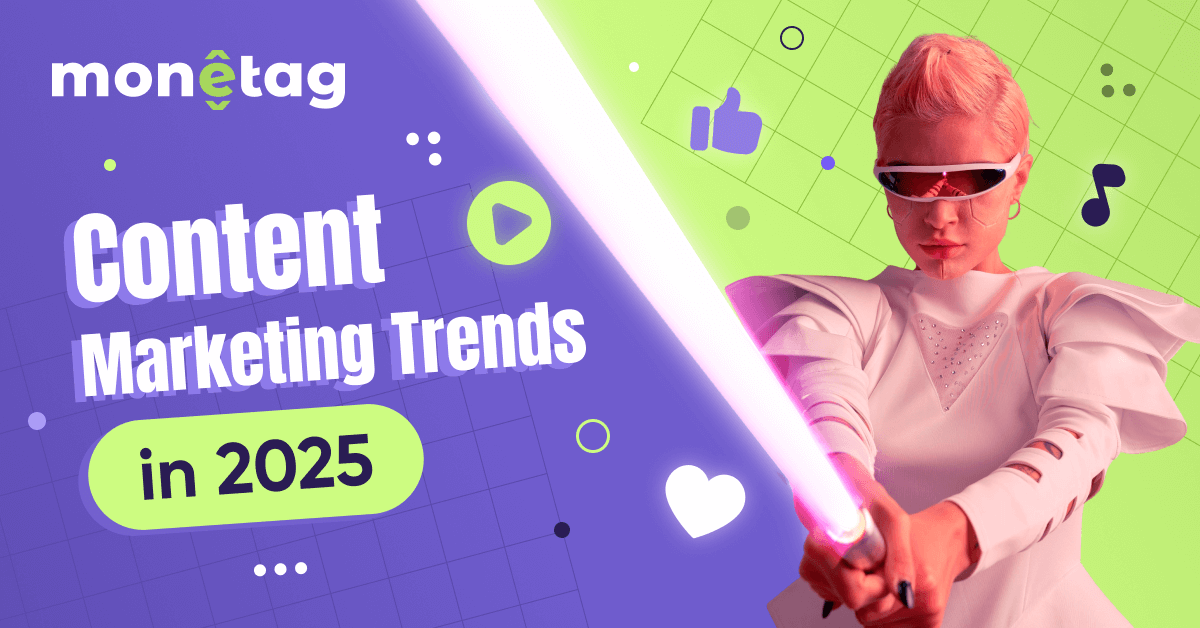
While the voice revolution hasn’t unfolded exactly as predicted years ago, optimizing for voice search and conversational queries remains important, especially for local search and informational queries.
-
Natural Language Queries: Content needs to answer questions directly and conversationally, mirroring how people actually speak.
-
Featured Snippet Optimization: Much voice search relies on pulling answers from featured snippets (position zero). Structuring content clearly (using Q&A formats, lists, concise definitions) is key.
-
Long-Tail Keywords: Voice searches are often longer and more specific than typed queries.
-
Actionable Content: Creating content that facilitates voice commands (e.g., “Add [product] to my cart,” “Find directions to [location]”).
How to Prepare:
-
Research the types of questions your audience asks.
-
Structure content using clear headings, lists, and FAQ sections.
-
Focus on natural language and answering questions concisely.
-
Optimize your Google Business Profile for local voice searches.
Authenticity, Transparency, and Purpose-Driven Content
Consumers are increasingly skeptical of overly polished corporate messaging. They crave authenticity, transparency, and brands that align with their values.
-
Brand Storytelling: Sharing genuine stories about your brand’s origins, values, challenges, and successes.
-
Behind-the-Scenes Content: Showing the human side of your business.
-
Ethical Marketing: Being transparent about data usage, sourcing, and business practices.
-
Highlighting Purpose and Values: Communicating your brand’s mission beyond just selling products (e.g., sustainability efforts, community involvement).
1. https://cungcapthietbiyte.com/mmoga-unlocking-growth-with-top-notch-email-marketing-companies
5. https://cungcapthietbiyte.com/mmoga-maximizing-visibility-and-reach-with-vertical-marketing-systems
-
Employee Advocacy: Empowering employees to share their experiences and expertise authentically.
How to Prepare:
-
Define your brand’s core values and purpose.
-
Integrate these values authentically into your content strategy.
-
Prioritize transparency in your communications.
-
Encourage and support employee advocacy programs.
-
Be prepared to address difficult topics honestly.
Data-Driven Strategy and Content Intelligence

Gut feeling is no longer enough. A successful 2025 content strategy must be underpinned by data and analytics.
-
Content Performance Analysis: Regularly tracking key metrics (engagement, conversions, traffic, SEO rankings) to understand what works and what doesn’t.
-
Audience Insights: Using analytics to gain a deeper understanding of audience demographics, interests, behavior, and content preferences.
-
Competitive Analysis: Monitoring competitor content strategies and performance.
-
ROI Measurement: Connecting content efforts directly to business outcomes (leads, sales, customer retention).
-
Content Audits: Regularly reviewing existing content to identify gaps, opportunities for updates, and underperforming assets.
How to Prepare:
-
Define clear KPIs for your content marketing efforts.
-
Invest in robust analytics tools (Google Analytics 4, SEMrush, Ahrefs, social media analytics, etc.).
-
Develop a regular reporting cadence.
-
Use data insights to inform content creation, distribution, and optimization decisions.
The Enduring Importance of Content Fundamentals

While embracing these Content Marketing Trends 2025 is vital, don’t forget the foundational pillars that always matter:
-
High-Quality Content: Well-researched, well-written, accurate, and valuable content is non-negotiable.
-
Audience Understanding: Deeply knowing your target audience’s needs, pain points, and aspirations.
-
SEO Best Practices: Technical SEO, on-page optimization, and link building remain crucial for visibility.
-
Compelling Storytelling: Humans connect through stories. Weave narratives into your content regardless of format.
-
Consistency: Regularly publishing valuable content builds trust and keeps your audience engaged.
-
Clear Call-to-Actions (CTAs): Guiding your audience on what to do next.
How to Prepare Your Content Strategy for 2025
Adapting to these trends requires proactive planning:
-
Audit Your Current Strategy: Analyze what’s working, what’s not, and where the gaps are in relation to the trends outlined above.
-
Invest in Technology & Skills: Allocate budget for necessary tools (AI platforms, analytics software, video equipment, interactive content creators) and train your team accordingly.
-
Prioritize First-Party Data: Develop strategies for ethically collecting and leveraging user data directly.
-
Embrace Experimentation: Don’t be afraid to test new formats (short-form video, interactive quizzes) and channels. Start small, measure results, and scale what works.
-
Double Down on Audience Understanding: Conduct surveys, interviews, and analyze data to refine your audience personas.
-
Focus on Integration: Ensure your content strategy is tightly integrated with your overall marketing and business goals.
-
Foster Agility: Be prepared to pivot quickly as new sub-trends emerge or platform algorithms change.
The Future of Content is Human-Centric, Tech-Empowered, and Value-Driven
The Content Marketing Trends 2025 paint a picture of a future that is more dynamic, personalized, interactive, and technologically integrated than ever before. AI will become an indispensable partner, video will continue its reign, and authenticity will be paramount. Success will hinge on leveraging technology intelligently while doubling down on understanding and serving the human needs of your audience.
By embracing hyper-personalization, fostering genuine communities, creating engaging interactive experiences, and grounding your strategy in data and authenticity, you can navigate the evolving landscape effectively. The brands that thrive in 2025 and beyond will be those that view content not just as marketing collateral, but as a vital service – providing real value, building trust, and creating meaningful connections in an increasingly noisy digital world. Start preparing today, experiment boldly, and focus relentlessly on your audience – that’s your roadmap to content marketing success in 2025.




